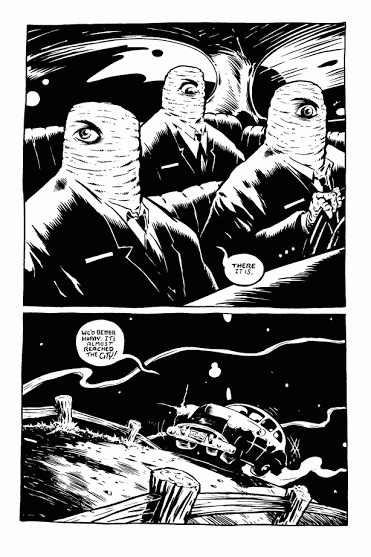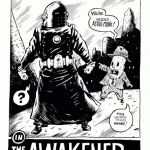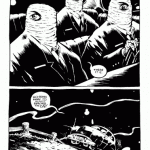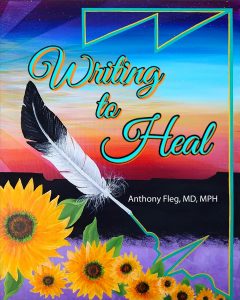By A.J Roche’
Summer is here and many of us can not wait to embark on the great outdoors! With summer fun, comes summer dangers as 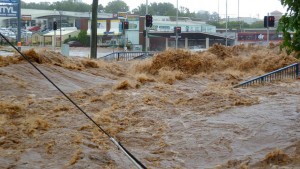 well. Melting snow, monsoon season, heavy rainfall… all kinds of factors for flooding! Here are a few tips to help you survive a flood.
well. Melting snow, monsoon season, heavy rainfall… all kinds of factors for flooding! Here are a few tips to help you survive a flood.
The overflowing of rivers, lakes and reservoirs caused by ice jams, heavy rains, melted snow or the collapse and overflow of dykes, dams and arroyos, are the main cause of floods. Hurricanes, high tides and tidal surges may also be a contributing factor.
Flash Flood
Flash Floods are scary and can be dangerous. In flat or mountainous terrain, distant rain may be channeled into ravines, gullies or slot canyons without warning, turning a calm streamside into a raging river within minutes! Always be sure to check the weather forecast before and during a wilderness trip. Be aware 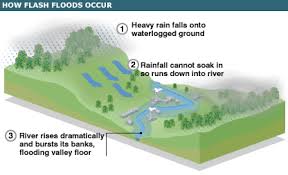 of heavy rain in and around your area, especially areas upstream from where you may be camping or visiting. Try to camp away from streams, creeks and other low-lying areas.
of heavy rain in and around your area, especially areas upstream from where you may be camping or visiting. Try to camp away from streams, creeks and other low-lying areas.
Never stay in an area where the only entrance and exit causes you to cross a stream or river. Watch for the rise of water and the change of color in the water. Make sure to establish where high grounds are and the easiest routes to get there. If you suddenly hear a roaring or rumbling sound upstream, take notice, for this may be a flood wave moving towards you at a rapid pace. Seek higher ground!
Don’t Panic
If Caught in Flood Waters: Do NOT panic! Easy to say when we are not faced with the situation, but we all know, panic breeds chaos. Still continue to seek higher ground. To the best of your ability, try to avoid walking through moving water. Debris and the sheer force of 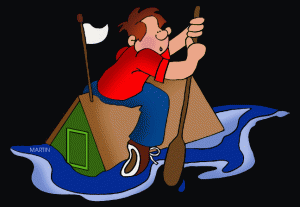 the moving water can knock you off your feet. As little as six inches of moving water can knock you down. Try to use a stick for balance and to check the depth of the water around you. Avoid downed power lines and never drive through flooded areas. As little as twofeet can sweep your vehicle away. Also, do not drink the water. It is most likely contaminated.
the moving water can knock you off your feet. As little as six inches of moving water can knock you down. Try to use a stick for balance and to check the depth of the water around you. Avoid downed power lines and never drive through flooded areas. As little as twofeet can sweep your vehicle away. Also, do not drink the water. It is most likely contaminated.
To cross a stream or river, look for the shallowest, even section of the river bend. Do not attempt to cross if the water is more than knee deep. Again, use a stick for balance and to test the depth of the water. Best way to cross a river or creek is to turn at a right angle with your back towards the opposite bank. Shuffle sideways, making sure to test your footing with each step.
Safety First
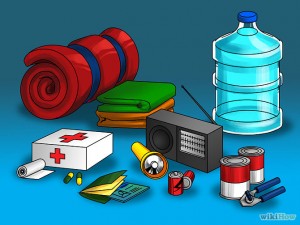 Safety is key; knowledge is power. Being on top of weather reports while enjoying the great outdoors, may save your life! Never trek out alone and if you do, leave information as to where you may be heading.
Safety is key; knowledge is power. Being on top of weather reports while enjoying the great outdoors, may save your life! Never trek out alone and if you do, leave information as to where you may be heading.
Purchasing an all-purpose, battery operated weather radio may also ensure your safety. Love and light!
*****
[contact-form to=’communitypublishingabq@gmail.com’ subject=’Subscriptions’][contact-field label=’Enjoyed this article? Type in your email address to receive similar articles, no ads, no spam, no charge!’ type=’email’/][/contact-form]

A.J Roche’
A.J Roche’ is a massage therapist and the Author of the bilingual multimedia book Fiona the Funkadelic Freckle Fairy. Read more about her
Community Publishing brings local artists of all mediums together in creative collaborations for distribution as Multimedia Books while promoting literacy in our communities. #JoinOurCommunity at http://communitypublishing.org
Community Publishing is a proud partner at the Rail Yards Market.
 When we as a society make room for art, we are creating a welcoming space for it to exist in an environment with public art, shows that we care about creativity and expression. That is one of the primary goals of Free Art Friday.
When we as a society make room for art, we are creating a welcoming space for it to exist in an environment with public art, shows that we care about creativity and expression. That is one of the primary goals of Free Art Friday.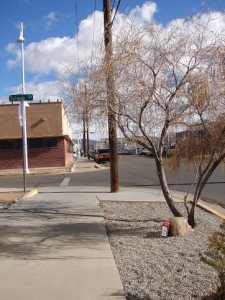 Making room for art also lets citizens know that their talents and contributions are valued and appreciated. This nurturing of creativity incubates ideas that benefit and improve the standard of living for the entire community! Raising awareness about local art and artists is what motivates me with my work at Free Art Friday Albuquerque.
Making room for art also lets citizens know that their talents and contributions are valued and appreciated. This nurturing of creativity incubates ideas that benefit and improve the standard of living for the entire community! Raising awareness about local art and artists is what motivates me with my work at Free Art Friday Albuquerque.
 well. Melting snow, monsoon season, heavy rainfall… all kinds of factors for flooding! Here are a few tips to help you survive a flood.
well. Melting snow, monsoon season, heavy rainfall… all kinds of factors for flooding! Here are a few tips to help you survive a flood.

 Safety is key; knowledge is power. Being on top of weather reports while enjoying the great outdoors, may save your life! Never trek out alone and if you do, leave information as to where you may be heading.
Safety is key; knowledge is power. Being on top of weather reports while enjoying the great outdoors, may save your life! Never trek out alone and if you do, leave information as to where you may be heading.
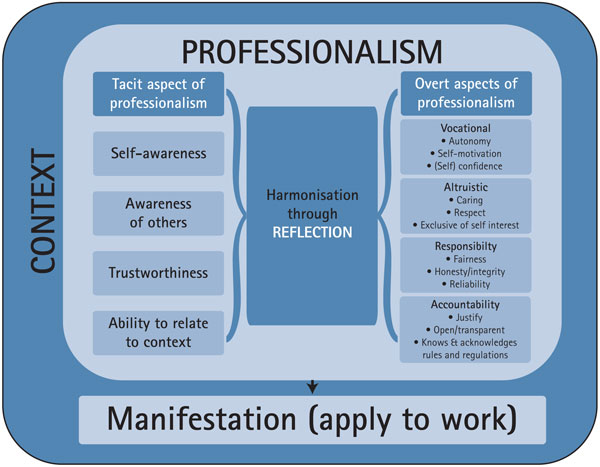



 A new story is emerging in the
A new story is emerging in the 

 In this weeks
In this weeks 
